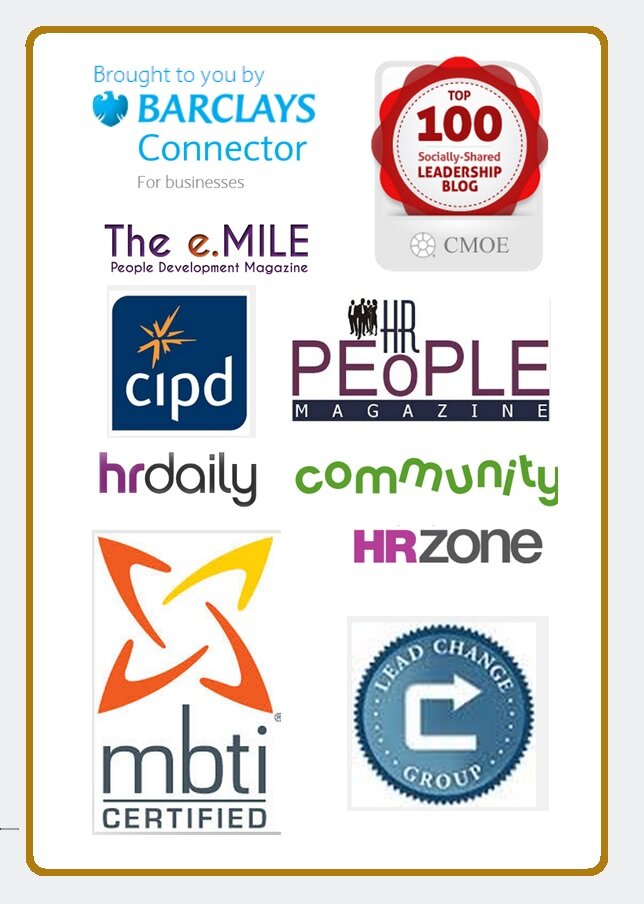 As a Director or a senior
As a Director or a senior
team member, you have a pivotal role in leading the way for change in your organisation.
You’ve set the strategic direction, and the project initiation is underway, your organisation is going through a huge change. There is an expectation from the majority of employees, stakeholders and customers that transformation is going to happen. You know it starts with you, but how can you personally do the right thing when navigating change?
Ghandi wasn’t wrong when he said words which have been condensed to the famous quote “be the change you want to see”. Walking and talking the change is required at every level of the organisation.
“If we could change ourselves, the tendencies in the world would also change. As a man changes his own nature, so does the attitude of the world change towards him. … We need not wait to see what others do.” Ghandi
One of the most inspirational men I have ever met headed a large local authority. The changes he was overseeing were transformational and impactful. Knowing how difficult cultural change can be especially when the circumstances are challenging with job cuts and more being demanded from people, I asked him “How do you make sure your vision, values and outcomes are alive horizontally and vertically across your organisation. He replied “I have built a senior team who passionately shares our joint vision, and are willing to do what it takes to get there; whenever I hear anything which is contrary to our vision and values, or encounter a situation which is impacting results, I personally challenge it”. Wow, I thought, that’s a real commitment. What he said to me showed he was congruent with his values and lived them every day. As a Director in your organisation, there are two strands which you must pay attention to for change to be successful.
-
Turning strategic aspiration into operational reality
You must make sure that the strategic vision becomes alive through the operational processes and policies. There are three parts to this.
-
Know your organisational story
First of all you must know your organisational story off by heart. You must know where you have come from, where you are going and the difficulties you might face. Change does not happen without a flow, a resistance and transformation. You need to know and be able to tell your organisational story, as if it were a fact. If you don’t know your story or don’t really agree with it, there will be a mismatch in the change you want to make.
-
Implement and understand your holistic plan
You might have a project manager who is overseeing the change, but at Director level, it is your business to make sure it is joined up, inclusive, flexible and will make the change through the multi-dimensions of your organisation. Your plan must address the changes needed at all levels of the organisation. Depending on your own priorities you might feel some levels are more important than others, but do not fall into this trap. There is really no hierarchy in change, because at every level it impacts your employees, customers and stakeholders and in order to value them, you need to value the support they need at their level of the change process.
-
Commit to helping your employees at all levels through the change
Change is scary. The problem with change models, even though they acknowledge change involves emotions; without commitment from the senior team, dealing with fears and the human reaction can become part of the process, and can sometimes diminish the reality of the acute anxiety change can engender in people. It is important that as part of the change process, support is put in place to help employees through the change. Missing this step out might not mean the change won’t happen, but it might take much longer, and you might suffer more stress and casualties along the way.
-
Being the change you want to see
This second strand is all about you. As well as making sure you commit to and understand the change processes, as a Director and leader, you must be a demonstration of the change you want to see. There are three specific ways you can “be” the change.
-
The energy you bring to the change
is indeed showing us all that we are at the core of our being, radiating units of energy. We all know we cause an impact with our emotions. Just spend a night with a friend who is down in the dumps and it is energetic vibration in action. As a leading player in the organisation, it is essential that the energy you emit about the change is authentic, positive and believable.
-
Harbour great expectations about your employees
Our expectations, turn into our reality. This can be a bit of a stretch for some to believe, but that how we look at our world affects the way the world responds. The way to get the best out of your people during the change is to expect the best from them. Even if they are demonstrating resistance during the change, know this is just part of the process and doesn’t mean anything about them. Expect them to embrace process and succeed in the change.
-
Your personal credibility
Without a doubt change can bring out the worst in your employees and the resistance can be high. Time and time again, I have seen change become a source of conflict and resentment, when the . Being personally credible of course means walking the talk, talking the talk and being the values you want to see in your organisation. So there you have it, some of the ways senior people must play their part in the way change happens in the organisation. Do you have any other ways you think the top team should demonstrate commitment to change? Linked articles: 3 Steps to Harness the Power of the Mind for Organisational Transformation The 5 Step Blueprint Of Successful Organisational Change Organisational Change – Making the Best of Bad News Are You Awake To Change? 3 Reasons Why a Great Engagement Strategy Isn’t Enough
This great article is from the our 6 months themed series based on the Centre for Creative Leaderships Report of 2013, in which they identified the 6 top challenges for leaders across the globe: Don't Miss Out! Sign up here to be notified of subsequent issues and posts

If you are a leader, you are continually developing and "Sharpening the Saw". If you lead and manage teams, then you must read about our Inspirational New Leadership Programme. Sign up now to find out more details when we launch in July 2014. There is no obligation to undertake the programme, if you sign up today, you will simply be sent more information about the programme. You can unsubscribe at any time! Click below to register for further information.


